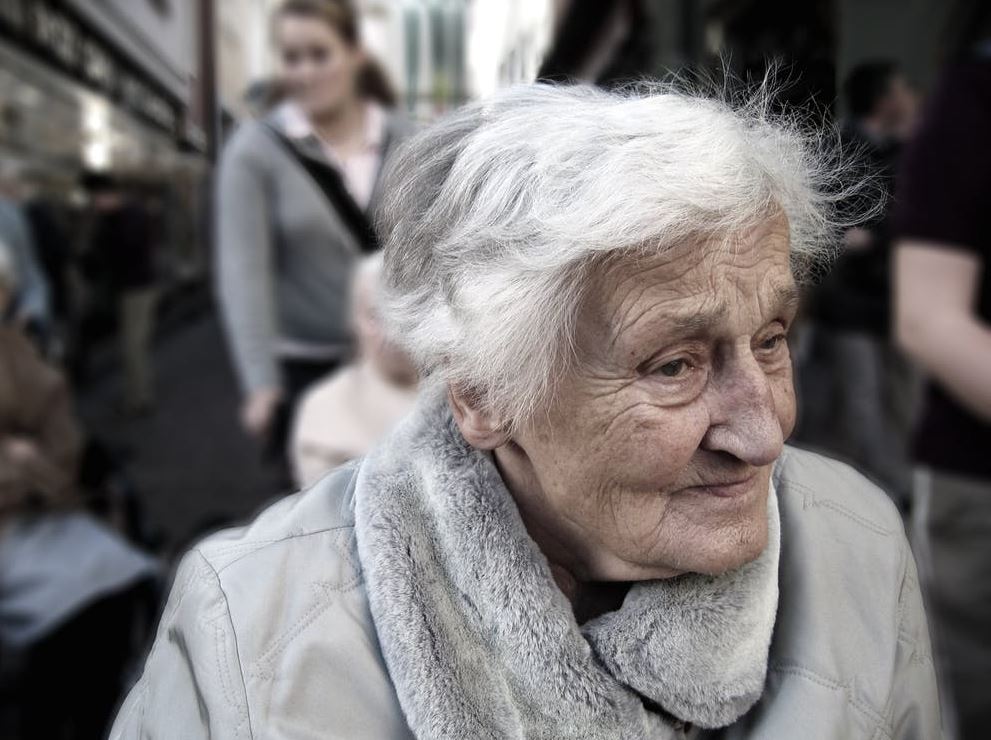Netherlands Forcible Euthanasia Case and the Slippery Slope

Proponents of assisted suicide often dismiss “slippery slope” arguments on the grounds that proper safeguards will assure that assisted suicide will not devolve into euthanasia, either voluntary or not.
Earlier this year, for example, Hawaii became another of several states to consider legislation to legalize assisted suicide (the effort failed). During debate, one lawmaker who supported the bill dismissed concerns over where legalization might lead, saying “the inclusion of protections, such as euthanasia bans, helps allay the fears of critics who worry about the ‘slippery slope.’”
But a case from the Netherlands earlier this year gives reason to doubt that concerns about a slippery slope can be dismissed so easily.
The case was that of a doctor who forcibly tried to euthanize an elderly woman against the woman’s will. The incident took place despite supposed safeguards in the law meant to prevent it.
According to reports, a doctor drugged the woman’s coffee in order to induce sleep. She then attempted to give a lethal injection, even as the woman woke up, kicking and screaming, apparently in an attempt to resist the injection. At that point, the doctor then ordered family members present to hold her down so the “procedure” could be completed.
The woman, who was suffering from dementia, had in the past expressed a willingness to seek euthanasia, which is legal in the Netherlands, but only when “the time was right.” She had been confined to a nursing home and was known to wander the halls there and to display signs of fear and anger.
The senior doctor at the nursing home concluded that she was in “intolerable suffering” and that her dementia had reached the point that she was no longer capable of determining when the “time was right” to request euthanasia.
So the doctor took it upon herself to make that determination.
Dutch law, which took effect in 2002, has specific requirements that must be met for a physician to perform voluntary euthanasia in a legal manner.
The law permits those with dementia to draw up an advance directive requesting euthanasia, should the dementia reach a point where the person is no longer capable of making the request. However, according to the Dutch government, a “physician can perform euthanasia on a patient with dementia only if such a directive exists.”
The law further requires that the physician “be satisfied that the patient has made a voluntary and carefully considered request;” that the physician has “informed the patient about his situation and his prospects;” that the physician has come to the conclusion, together with the patient (emphasis added) that there is no reasonable alternative in the light of the patient’s situation;” and that the physician terminates the patient’s life “with due medical care and attention.”
It appears these requirements were not met.
Regarding an advance directive, the patient had apparently in her will expressed a desire for euthanasia, but only when “I myself find it the right time.” The patient had made no such determination. In fact, medical paperwork showed that in the days leading up to the incident, the patient had said several times “I don’t want to die.” The committee charged with reviewing this case noted that the will did not clearly state the patient wanted euthanasia after being admitted to the nursing home and that the physician had given the will too broad an interpretation.
The patient did not make a “voluntary and carefully considered request.”
The physician did not inform the patient of her “situation and prospects.” Instead, the patient was drugged to render her incapable of resisting a lethal injection.
The physician did not come to the conclusion, “together with the patient” to proceed with the euthanasia; the physician came to that conclusion on her own.
The physician did not attempt to carry out the lethal injection “with due medical care and attention.” Instead the physician drugged the patient and then had her forcibly held down, kicking and screaming.
Every case of euthanasia carried out in the Netherlands must by law be evaluated by a Regional Review Committee. The Committee reviewing this case concluded that the physician had “crossed the line” by drugging the woman’s coffee and also that the she should have stopped her efforts to give the lethal injection once the woman actively resisted. Nonetheless, and remarkably, the Committee exonerated the physician because she had acted “in good faith.”
From 2010 to 2015, cases of euthanasia in the Netherlands rose 75%, from 3,136 to 5,516. From 2015 to 2016, the number of cases rose 10% to 6,091.
Moreover, while the law originally permitted euthanasia only if the patient’s “suffering was unbearable,” with “no prospect of improvement,” that standard has over the years been expanded to the point where people have been euthanized for tinnitus, alcoholism, loneliness and depression and for people claiming to be just “tired of life.”
The late Edmund Pellegrino, M.D., once a professor of Medicine and Ethics at Georgetown University, and a world-renowned authority on end of life issues, once wrote:
“Assisted suicide is a half-way house, a stop on the way to other forms of direct euthanasia, for example, for incompetent patients by advance directive or suicide in the elderly. So, too, is voluntary euthanasia a half-way house to involuntary and non-voluntary euthanasia. If terminating life is a benefit, the reasoning goes, why should euthanasia be limited only to those who can give consent? Why need we ask for consent?”
This most recent example from the Netherlands is more proof of just how prescient Dr. Pellegrino’s words remain.
Gene Tarne is Senior Analyst for the Charlotte Lozier Institute.






















